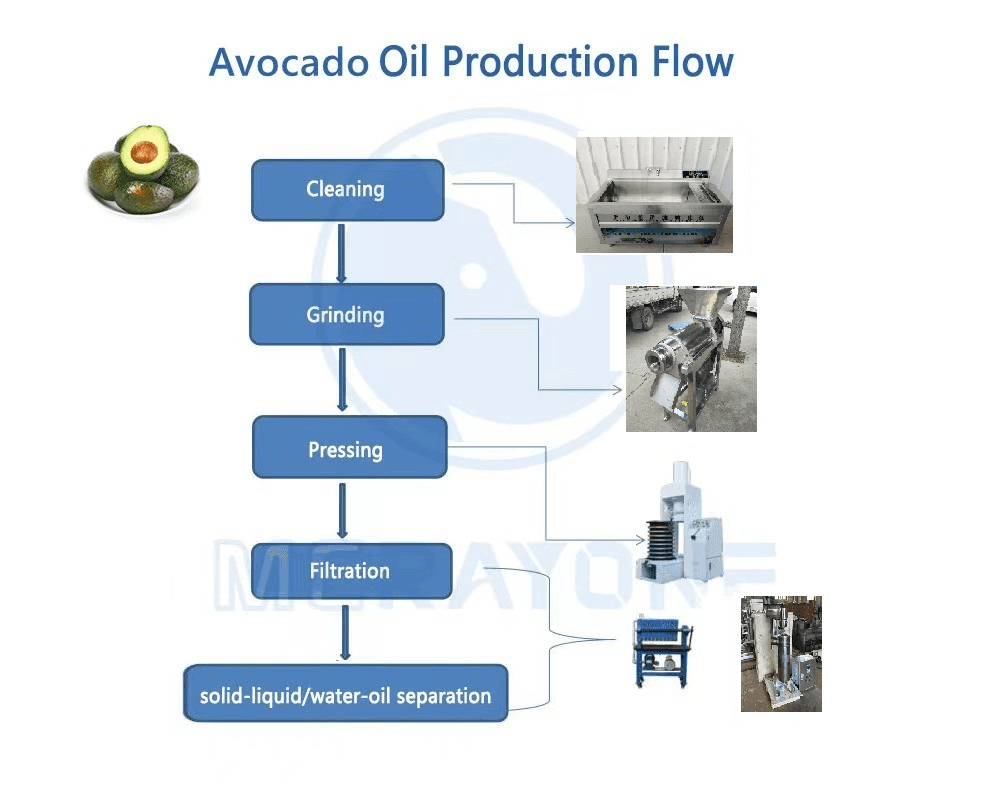Avocado oil, taken from the dried avocado (also known as avocado, avocado), is a very valuable oil for cosmetics, and it can also be processed and eaten. The weight of avocado single fruit is 150g-1500g, the seed is large, 1 piece, generally accounting for 10%-30% of the fruit weight, the flesh is thin, but the edible rate is still 70%-80%, the fruit ripening period is August-September moon. The fruit contains 23.49% fat and 1.25% protein. Avocados are planted in tropical and subtropical regions all over the world. They originate in Mexico and Central America. At present, they are most cultivated in the southern United States, Guatemala, Mexico and Cuba, and have formed four major categories: Mexico, Guatemala, West India and Africa. Large populations are cultivated in small quantities in China's Guangdong, Hainan, Fujian, Guangxi, Taiwan, Yunnan and Sichuan.
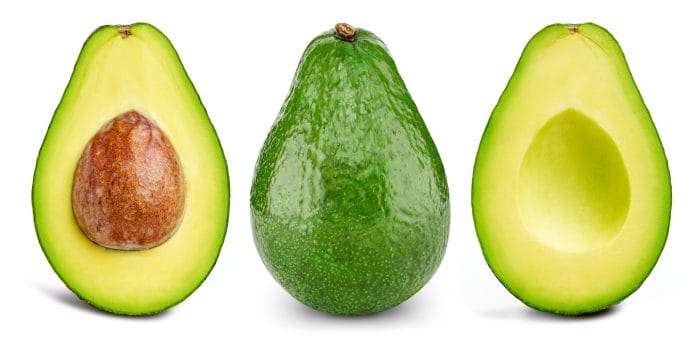
Avocado oil is generally produced through low-temperature cold-pressing technical equipment. In the actual production, it not only retains the natural nutrients in the avocado, but also ensures the oil yield of the avocado, which is well received by users at home and abroad!
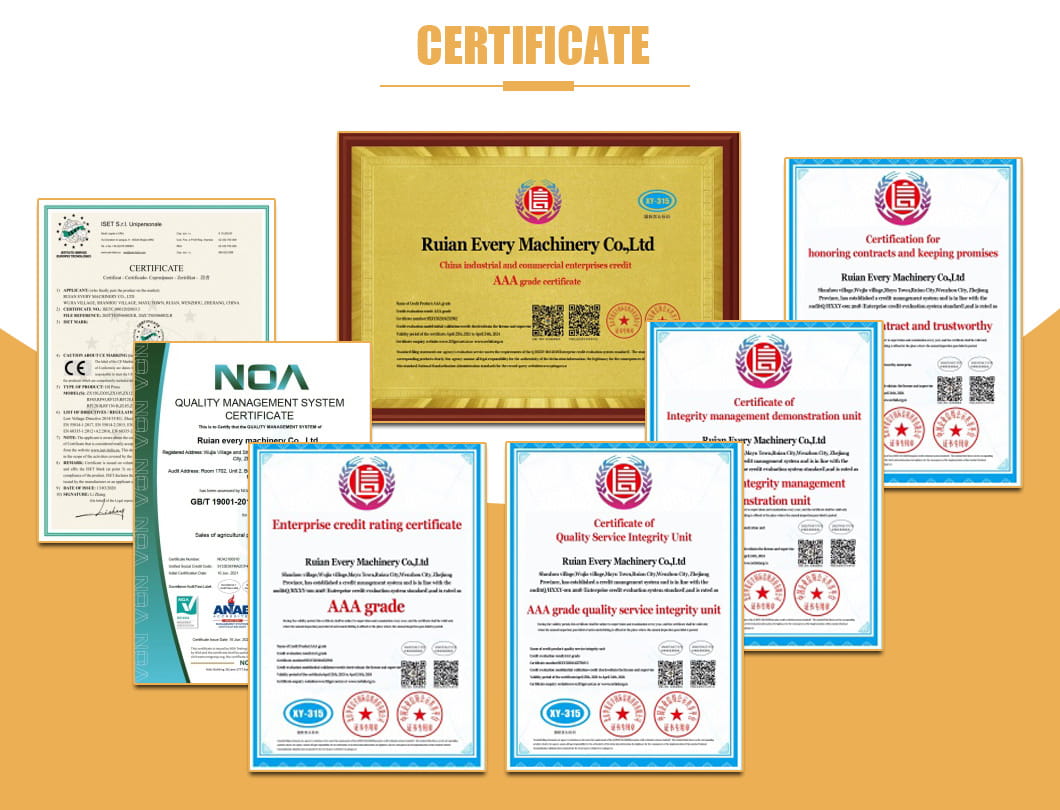
Basic Production Process:
Process Flow:
Avocado fruit→cleaning→peeling and depitting→low temperature pressing machine(Hydraulic Oil Press)→low temperature crude oil→filtering→fine filtration→dehydration→high-grade avocado oil
1.Cleaning: Choose high-quality avocados, pick out the rotten and unripe ones, wash and dry them.
2.Peeling and core removal:Use special machinery to remove the core and skin, saving labor and improving efficiency.
3.Mechanical milling: crush the pulp into small pieces with a particle size of half a grain of rice.
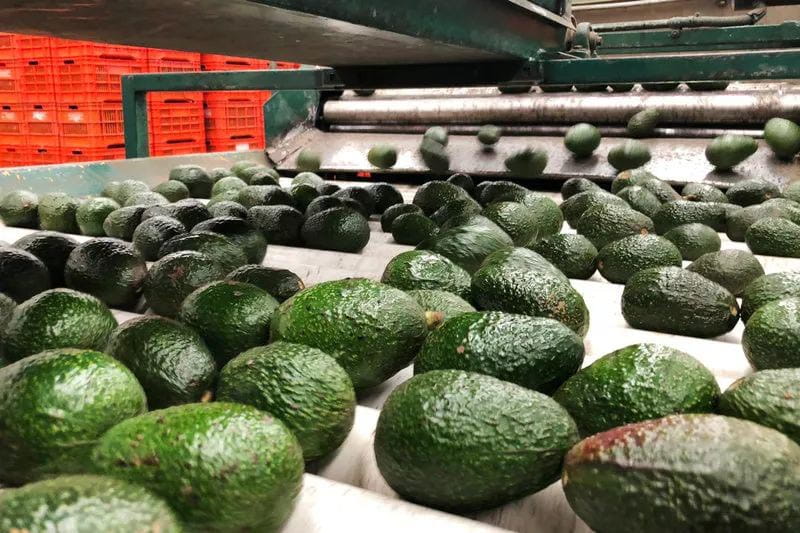
4.Preparation of avocado crude oil: cold pressing at low temperature
4.1. Cold-pressed production:
The cold-pressed machinery produced by MCRAYONE is selected for low-temperature pressing, high oil yield, and does not destroy the nutrients in the avocado oil.
4.2. Fine Filtration:
Use a long-lasting and widely used plate and frame filter to carefully filter solid impurities such as oil residue and material residue through the filter cloth to obtain clear filtered avocado oil.
4.3 Dehydration:
Put the filtered avocado oil into a three-phase separation machine, driven by the density difference between water, oil and gas, so that the gas and liquid can be dehydrated and separated by centrifugal force and gravity, and the avocado oil is obtained, and the color is bright green.
4.4 Squeezing of filter residue:
Bake the filtered filter residue twice, the first baking is at a baking temperature of 200-260°C for 10-20 seconds, and the second baking is at a baking temperature of 70-80°C for 20-30 seconds Minutes to obtain the baking material, then obtain crude avocado oil through a low-temperature press, and filter to obtain avocado oil and protein cake.
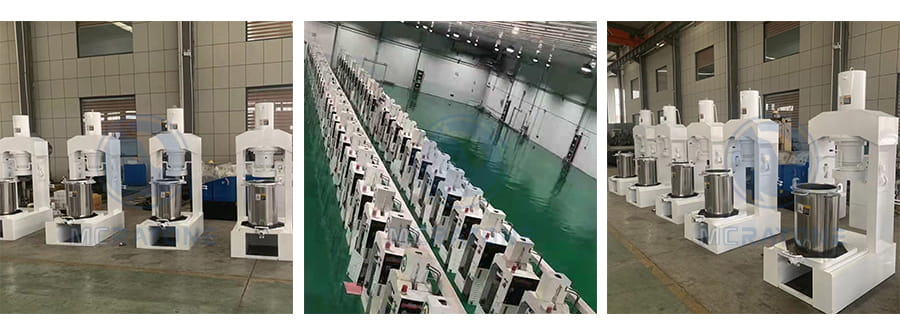
Refining Process of Avocado Oil
Degumming:
The colloidal impurities in crude oil are mainly phosphorus. The presence of colloids such as phospholipids not only reduces the quality of oil, but also promotes the transitional emulsification between oil and lye in the process of alkali refining and deacidification, increasing the difficulty of separation of saponins and aggravating the loss of neutral oil. Therefore, it should be removed first.
Preheat the crude oil to about 60°C, then add phosphoric acid with an oil weight of 0.12% and a concentration of 85%, mix well, add 3% hot water at 60°C, and start stirring at a speed of 55 r/min. When the particles form dots (small particles), slow down the stirring speed to 15 r/min. When the phospholipid dots are clearly separated, stop stirring, and remove the phospholipids that have become micelles to obtain clear degummed oil.
Deacidification and decolorization of avocado oil:
The obtained avocado crude oil is added with lye to remove the organic solvent in the crude oil, washed with warm water until neutral, decolorized by adsorption and becomes a colorless liquid, filtered, and the obtained filtrate is avocado oil, which appears light yellow.
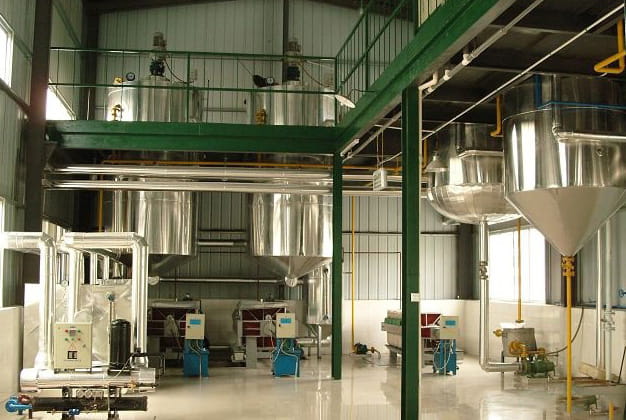
Avocado oil to remove the slight hazelnut flavor
At this stage, the hazelnut odor is required to be removed by direct injection of steam distillation under vacuum at a moderately high temperature.
Mixing, filling
Although the shelf life of refined avocado oil can be significantly improved, the linoleic acid and linolenic acid rich in the oil are prone to oxidative rancidity, so antioxidants must be added to further improve its shelf life. The effect of adding composite antioxidants is the best through experiments. Finally, the qualified refined oil is filled into a cleaned and dried container with an automatic quantitative filling machine and sealed to obtain the finished product.
Main Equipment
|
No
|
Equipment
|
QTY
(Set)
|
Specification
|
Picture
|
Use
|
|
1
|
Washer
|
1
|
Size:1200*800*800mm
Voltage:220
Power:0.55kw
Weight:80kg
Capacity:150kg/h
|
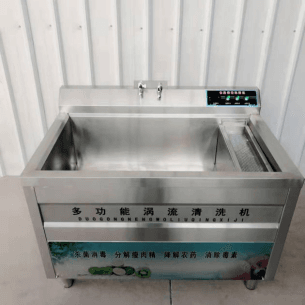
|
Cleaning the avocado
|
|
2
|
YS-200 Grinder
|
1
|
Voltage:380V
Power:2.2-3kw
Capacity:200-300kg/h
Size:1100*560*1200mm
Weight:300kg
|
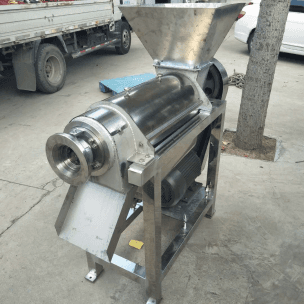
|
Crushing of avocado
|
|
3
|
6YY-280D-DS Hydraulic Press
|
1
|
Bucket type:Double barrel
Barrel capacity:100KG
Power:3kw
Working thrust:200Ton
Weight:2550KG
Size:2020*1300*2550mm
380v 50hz 3phase
|
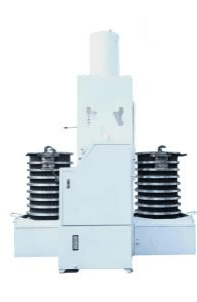
|
Pressing avocado oil
|
|
4
|
Z26 Plate Frame Oil Filter
|
1
|
Capacity:85-100kg/h
Size:900*410*750mm³
Filter Area:1m²
Plate size:260*260mm
Plate quantity:8pcs
Power:0.55kw
Wight:180kg
|
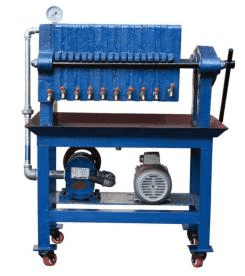
|
Filter the impurities in the avocado oil
|
|
5
|
GF75 Three-phase tube-type centrifuge
|
1
|
Drum diameter:75mm
Drum speed:20000r/min
Drum volume:2L
Separation factor:16770g
Through the ability:200kg/h
Weight:300kg
Dimensions:500*400*1200mm
|
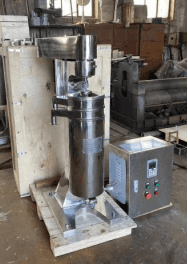
|
Separate water and oil
|
